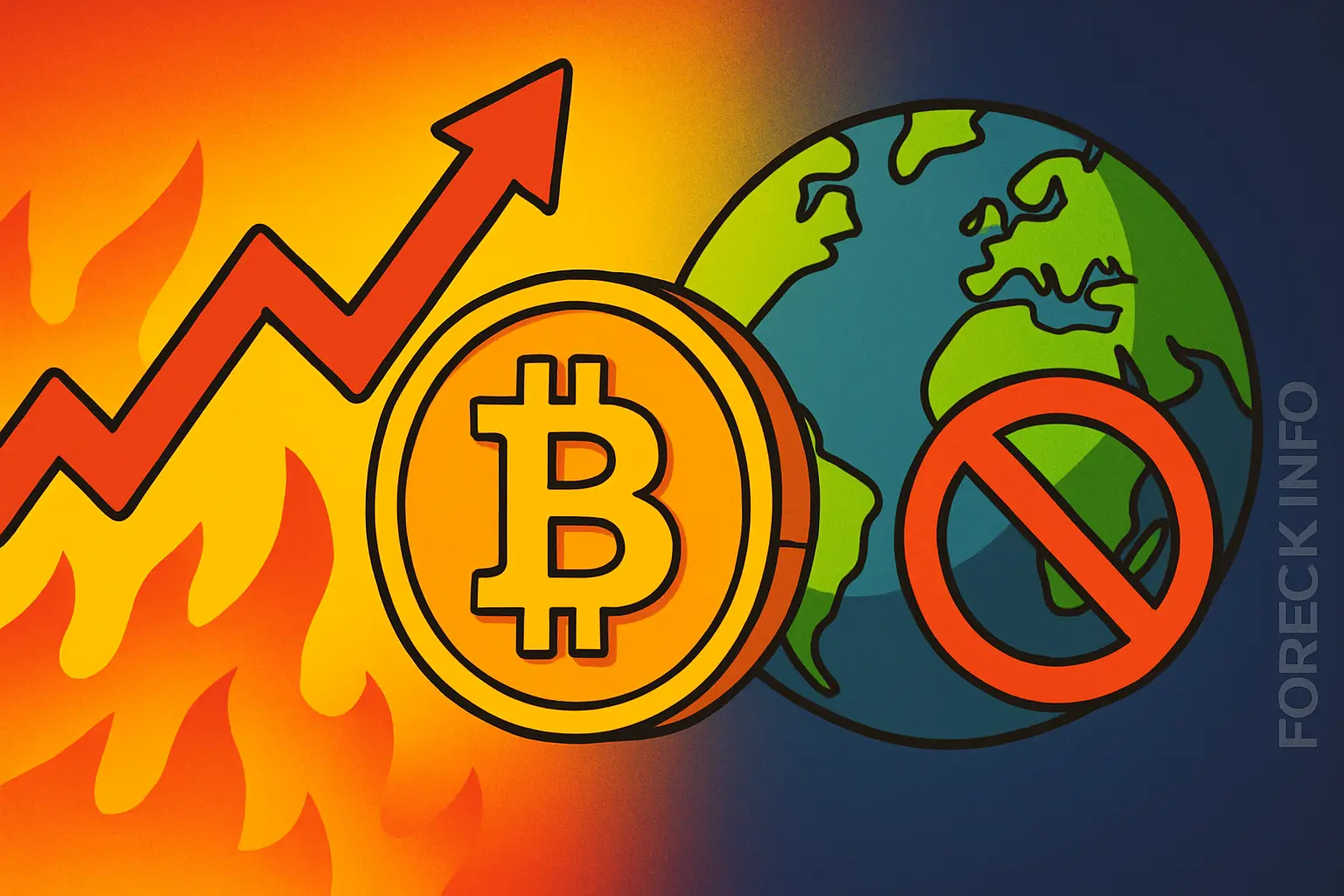The sector’s upward momentum today was catalyzed by heightened geopolitical tensions in the Middle East. Overnight, Israeli airstrikes targeted uranium enrichment facilities in Natanz and Fordow, missile bases in Kermanshah and Khorramabad, and major urban centers including Tehran, Isfahan, Tabriz, and Qom. The aim was to disrupt Iran’s military and nuclear leadership, as well as scientists involved in the nuclear program. These developments sparked safe-haven demand across crypto assets.
A significant regulatory milestone also fueled the positive sentiment: the Dubai Financial Services Authority (DFSA) approved RLUSD stablecoin for use in the Dubai International Financial Centre (DIFC), a regional fintech hub with over 7,000 registered companies. Ripple highlighted that RLUSD is fully backed by highly liquid assets, subject to external audits, and offers legal redemption guarantees—building a foundation for its integration into payment and investment ecosystems.
In the U.S., the Senate advanced the "National Innovation in Stablecoins" bill, setting the stage for robust stablecoin issuer regulation. The proposal, backed by the Trump administration and supported by both parties (68 in favor, 30 opposed at the first vote), mandates full U.S. dollar or liquid asset reserves and requires annual audits for issuers with capitalizations exceeding $50 billion. Lawmakers stressed that regulating digital currencies is essential for both economic innovation and national security. Meanwhile, political activity surrounding President Trump is reverberating in the crypto sector: his Trump Media and Technology Group (TMTG) has filed with the SEC to launch the Truth Social Bitcoin ETF in partnership with Yorkville America Digital. Crypto.com will serve as custodian, liquidity provider, and primary agent. While details on management fees and ticker remain undisclosed, the fund’s prospective NYSE Arca launch could set a precedent for high-profile political involvement in crypto finance.
Ripple also announced a strategic partnership with a Japanese Web3 project supported by JETRO (Japan External Trade Organization), aiming to foster XRP Ledger-based startup growth. Up to $200,000 in grants will be awarded, with four major events, educational seminars, and regulatory roundtables planned through March 2026.
Traditional markets are seeing surging interest in crypto-linked products. On June 5, Circle completed a landmark IPO on the New York Stock Exchange, raising $1.1 billion and seeing its share price soar from $31.00 to $82.00 (+168%) on debut. Artemis Capital co-founder John Ma commented that a Tether IPO could push its valuation to $515 billion, though Tether CEO Paolo Ardoino dismissed that estimate as too low and emphasized the company’s growing reserves in BTC and gold.
The Russian market is also evolving. On June 10, the Moscow Exchange introduced MOEXBTC, the country’s first official “digital gold” index, aggregating data from major crypto exchanges (Binance, Bybit, OKX, Bitget) and reflecting the prices of perpetual futures and swaps on the BTC/USDT pair. The index is calculated as a volume-weighted average and is rebalanced quarterly. Meanwhile, Sberbank has launched structured bonds whose returns are directly linked to Bitcoin prices—a rare digital product offering from a major Russian institution, available exclusively to qualified investors via OTC channels.
In summary, despite regulatory ambiguity, macroeconomic headwinds, and declining network activity, most digital assets could enter a phase of consolidation or mild correction next week. However, persistent institutional demand continues to provide strategic support, reinforcing crypto’s long-term positioning within the global financial system.

